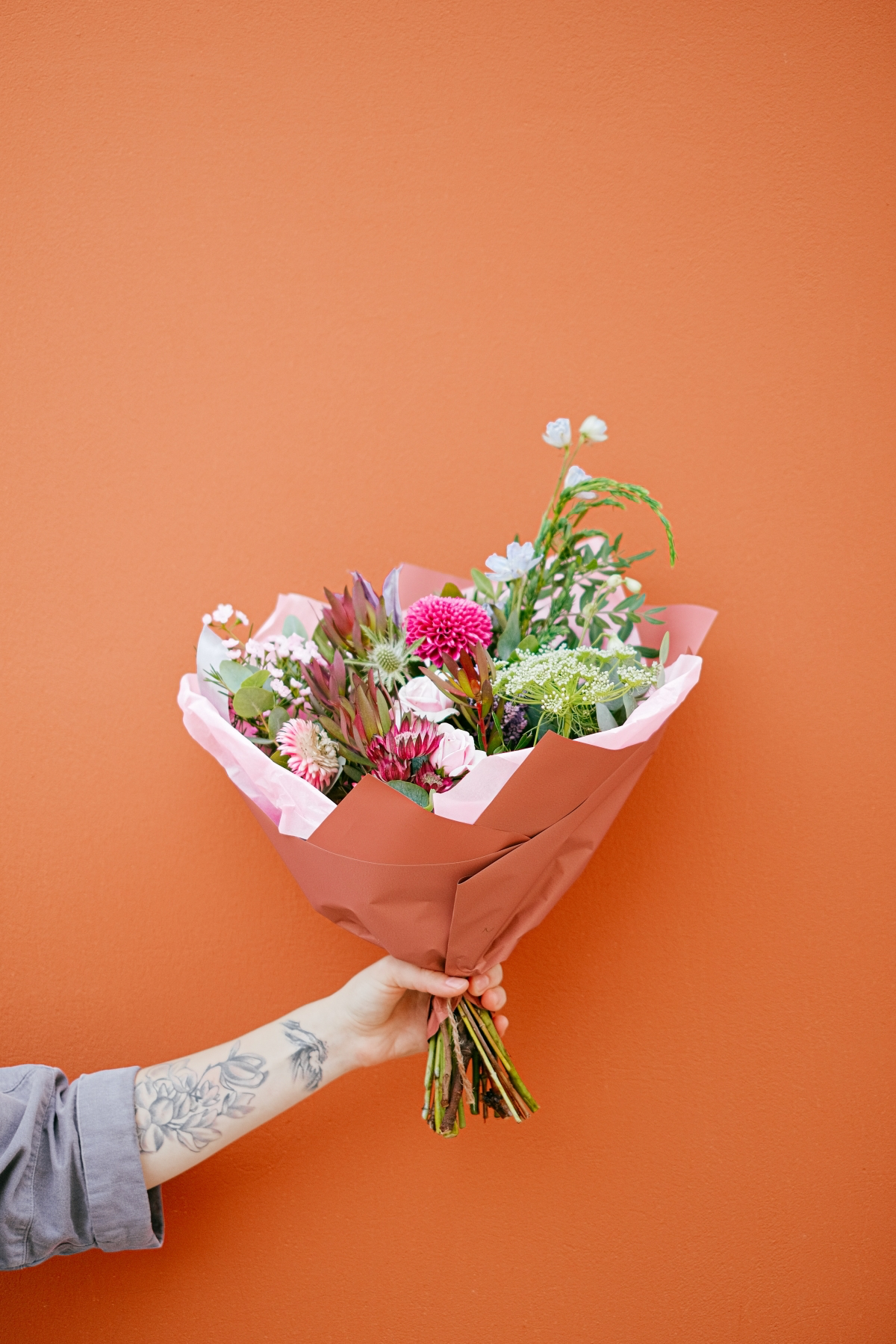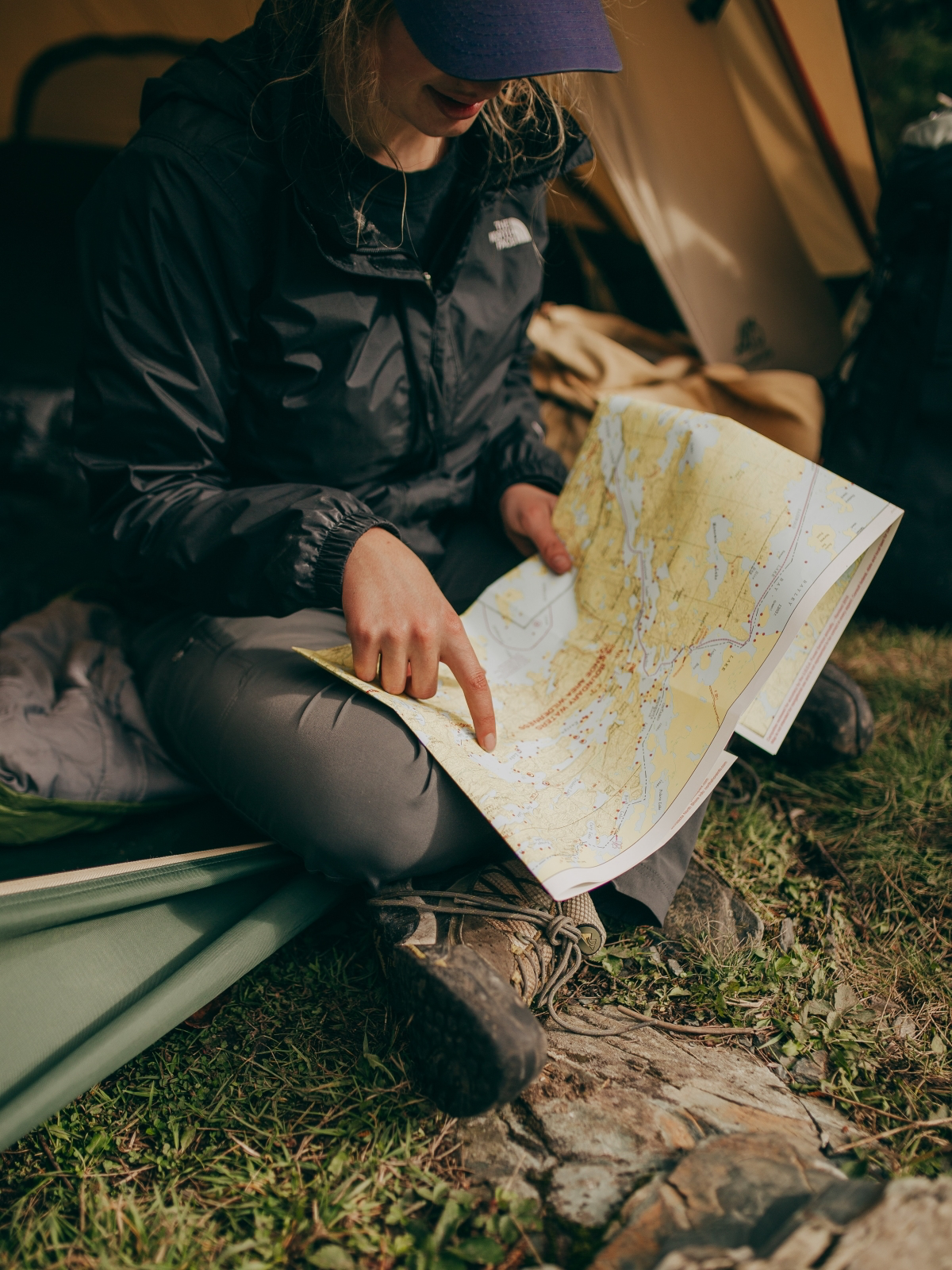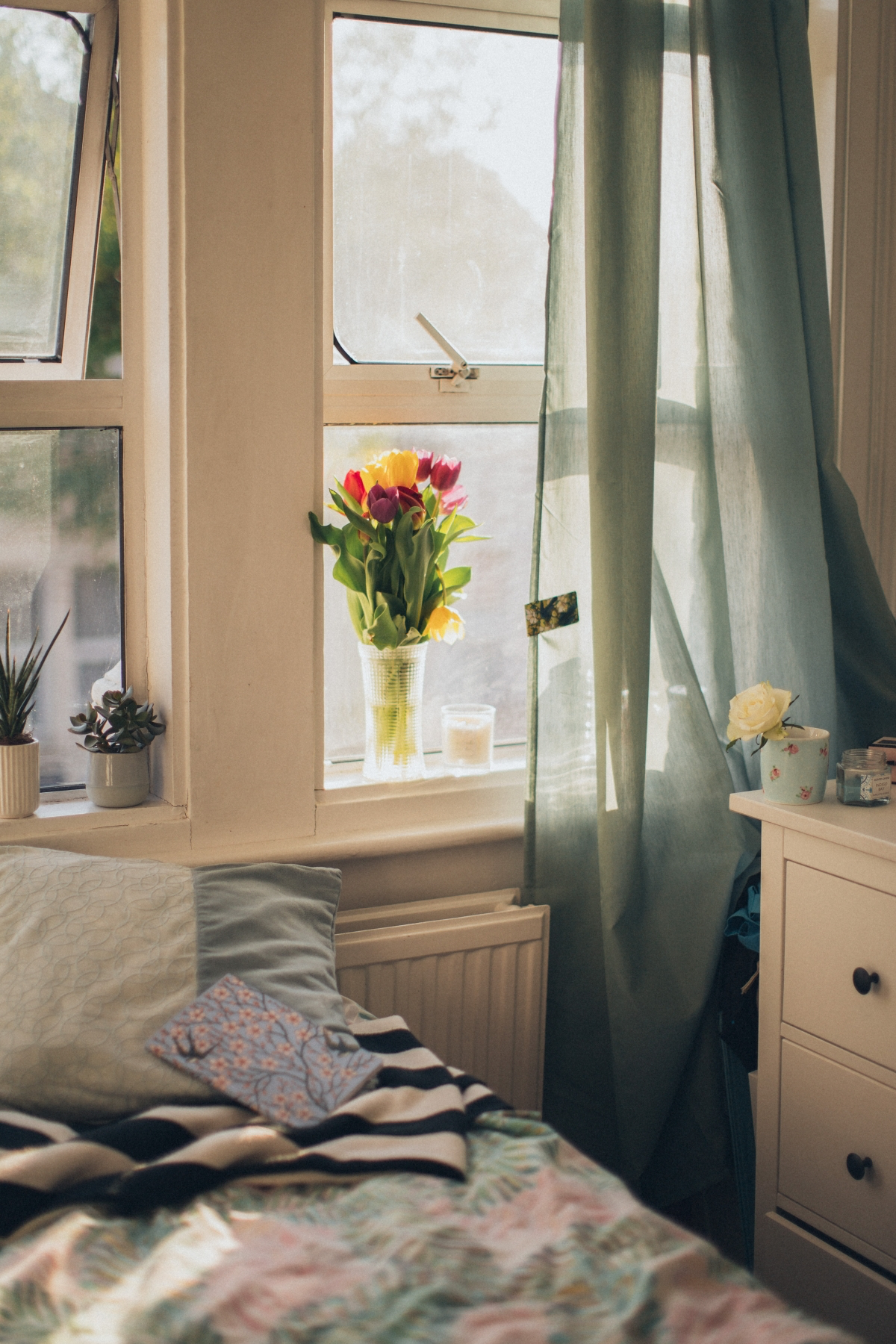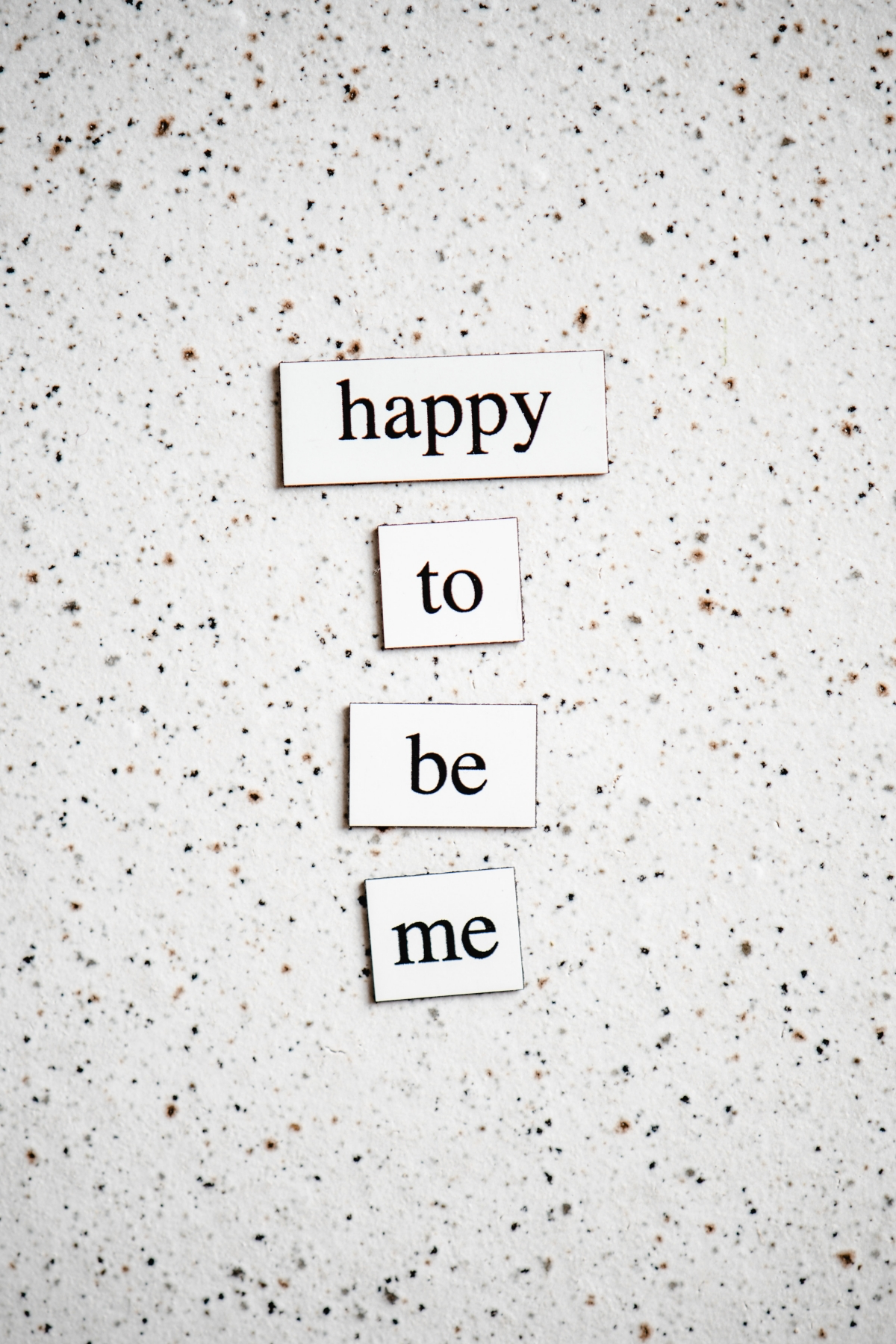Beyond Burnout: Your No-Nonsense Guide to Actually Feeling Rested
For a long time, I wore exhaustion like a badge of honor. I worked with people in some of the most demanding jobs you can imagine—executives, first responders, you name it. They were all masters at pushing forward, but they were absolutely terrible at stopping. And honestly, so was I.
In this article
I used to think rest was a reward you had to earn, not a basic requirement for doing good work. It took a pretty serious case of burnout for me to finally get the memo.
Summer feels like it should be the season of rest, right? The days are longer, the weather is warmer, and everything seems to invite us to slow down. Yet, for so many of us, summer just brings a different kind of busy. Family trips, social events, and that nagging feeling that we should be having the time of our lives can be just as draining. We often end August feeling more tired than we were in May. This happens because we’ve got the whole idea of rest wrong.

Real restoration isn’t about expensive spa days or perfectly curated vacations. It’s a practice. It’s about understanding how your body and mind actually work and intentionally creating the right conditions for them to recover. This isn’t a luxury; it’s a fundamental skill for keeping your sanity, focus, and joy intact. So, let’s get into the practical methods that actually work.
First, Let’s Talk About Your Body’s On/Off Switch
Before you can chill out, you need to know what’s keeping you so revved up. Your body has this amazing built-in system for handling threats, a part of your nervous system. The easiest way to think about it is like a car: it has a gas pedal and a brake. You need both to get anywhere safely.
The gas pedal is your “fight-or-flight” response. When you’re facing something stressful—a looming deadline, a near-miss in traffic—this system floors it. It pumps your body full of hormones like adrenaline and cortisol. Your heart races, your muscles get tight, and your brain goes into hyper-focus mode. It’s a survival mechanism, and it’s incredibly powerful.

The brake is your “rest-and-digest” system. It does the opposite: it slows your heart rate, relaxes your muscles, and tells your body, “The danger has passed. It’s safe to recover.” This is the state where all the good stuff happens—healing, growth, and genuine restoration.
Here’s the problem in our modern world: the gas pedal is pretty much stuck to the floor. Constant notifications, deadlines, and social pressures aren’t exactly man-eating tigers, but our nervous system often reacts as if they are. This leaves you in a state of chronic, low-level stress. It’s why you can feel both exhausted and wired at the same time. The goal, then, isn’t to get rid of the gas pedal, but to learn how to consciously and deliberately apply the brake.
Oh yeah, let’s try it right now. Just for a minute. Inhale slowly for a count of four, hold it for a count of four, and then exhale slowly for a count of six. That longer exhale is a physical signal to your body to hit the brakes. Do that three times. See? You just manually took your foot off the gas.

Create a Space That Doesn’t Stress You Out
Your environment has a huge impact on your nervous system. A cluttered, noisy room can keep your body on a low-key state of alert, while a calm, orderly space signals that it’s safe to relax. This is more than just tidying up; it’s about being intentional with your surroundings.
Bring a Little Nature Inside
We all have an innate need to connect with nature. The experts even have a fancy name for it: biophilia. Studies show that even small doses of the natural world can lower stress and blood pressure. You don’t need to move to a cabin in the woods to get the benefits.
- Get a plant or two. Seriously, it makes a difference. You don’t need a green thumb; go for something resilient like a snake plant or a ZZ plant. You can grab one at a local nursery or even Home Depot for between $10 and $30. The simple act of watering it can be a mini-meditation.
- Let there be light. Open your curtains and let the sunshine in. If you’re stuck in a windowless office, think about getting a full-spectrum light bulb for a desk lamp. They mimic natural daylight and can help regulate your body clock. You can find them on Amazon for about $15-$25.
- Use natural textures. Things made from wood, stone, or natural fibers like cotton and wool have a grounding effect. Think a simple wooden fruit bowl on your counter or a cozy wool blanket on the sofa.

Manage Your Senses
We’re constantly being bombarded by information. Taking control of the sensory input in your home is a powerful way to give your nervous system a break.
- Tackle the clutter. A friend once told me that clutter is just a pile of postponed decisions, and it blew my mind. Each item is vying for your attention, creating low-level mental static. You don’t have to become a minimalist overnight. Just start with one surface—your desk, the kitchen counter. Clear it, wipe it down, and only put back what’s essential. Try it for 15 minutes. It’s amazing how much calmer you feel.
- Curate your soundscape. If you live in a noisy place, a white noise machine or even a free app on your phone can be a lifesaver. You could also create a playlist of calming music or nature sounds. And don’t underestimate the power of pure silence. Build a few pockets of it into your day.
- Be mindful of scent. Smells like lavender are famous for being calming. An essential oil diffuser is a great way to go, and a decent one can cost as little as $25 online. A few drops are all you need. Heads up for pet owners, though! Some essential oils (like tea tree, citrus, and peppermint) can be toxic to cats and dogs, so do a quick Google search before you start diffusing a new scent.

The Power of Real Human Connection
Humans are wired for connection. It’s not just a nice-to-have; it’s a biological need. When we connect with people we trust, our brain releases oxytocin—the “bonding hormone.” It’s a direct antidote to cortisol, actively lowering stress and making us feel safe and calm.
A huge mistake we all make is confusing scrolling on social media with genuine connection. That endless feed gives us tiny dopamine hits, which feel good in the moment, but it doesn’t build the deep, trusting bonds that actually help us recover from stress. True connection requires being present.
Here’s how to foster it:
- Schedule it. Don’t leave connection up to chance. Put a weekly phone call with a friend or a monthly coffee date on your calendar like it’s a doctor’s appointment. And when you’re there, put your phone on silent and in your bag. Give them your full attention.
- Listen to understand, not just to reply. This is called active listening. It’s a game-changer. It can feel a little awkward at first, so try using some starter phrases to get the hang of it. Things like, “So, what I’m hearing is…” or “Tell me more about how that felt.” It makes the other person feel truly seen.
- Share a little. Vulnerability is the shortcut to trust. This doesn’t mean trauma-dumping. It just means being a little bit real about your own life. When you share a struggle, it transforms the conversation from a performance into two people just figuring things out together.
Quick tip: Pay attention to your social battery. A big party might be energizing for some but a total drain for others. A quiet one-on-one conversation might be what truly recharges you. It is 100% okay to say no to an invitation. Protecting your energy is part of the work.

How to Take a Break That’s Actually Restful
The idea of a summer vacation is often more restful than the reality. We pack our schedules, race through airports, and come back needing a vacation from our vacation. To get real rest, whether you’re traveling or staying home, you need a new approach.
First, understand the difference between passive and active rest. Passive rest is when you just consume stuff—watching Netflix, scrolling on your phone. It’s a fine distraction, but it doesn’t always fill your cup. Active rest is engaging in something low-stress that you enjoy. This could be a walk, trying a simple new recipe, listening to a whole album without multitasking, or working on a puzzle.
Planning a Trip That Won’t Burn You Out
- Define the goal. Before you book anything, ask yourself: What is the purpose of this trip? Is it adventure, connection, or pure, unadulterated relaxation? Be honest. If you need deep rest, maybe a jam-packed tour of a major city isn’t the move.
- Build in blank space. This is the most important rule. Do not schedule every second. Leave entire afternoons or even full days totally empty. This is where the magic happens—spontaneity, naps, and giving your brain a break from being “on.”
- Expect the unexpected. I learned this the hard way on a trip where my rigid plans fell apart on day one. By letting go, I stumbled upon this amazing little village that wasn’t in any guidebook. It became the highlight of the trip. A little flexibility goes a long way.

The Professional-Grade Staycation
Let’s be real, travel isn’t always in the cards. A well-planned staycation can be just as good, if not better. The trick is to treat it seriously.
- Set real boundaries. Tell your colleagues you’re off. Put up that out-of-office reply. And for the love of all that is holy, do not check your work email. This is non-negotiable.
- Break your routine. Visit a park or museum in your own city you’ve always meant to see. Try a new recipe that takes a little more time. The goal is novelty, which gives your brain a positive jolt.
- Plan for laziness. Schedule a day where the only thing on your to-do list is “read a book” or “take a nap.” You get to enjoy your own cozy, restorative space without any of the stress of packing.
Taming Your Inner World: A Bit of Mental Hygiene
A lot of our stress isn’t from what’s happening outside, but from the story we’re telling ourselves about it inside. We get stuck in loops of worry or self-criticism. Managing this inner world is a skill, like brushing your teeth. It’s about regular maintenance, not forced positivity.

(Good to know: These techniques are for everyday mental chatter. If you’re dealing with persistent anxiety or depression, please reach out to a licensed therapist. Getting professional help is a sign of strength, not weakness.)
- The Brain Dump: Does your mind ever feel like a browser with 50 tabs open? A brain dump helps you close them. Grab a pen and paper and for 10 minutes, just write down everything that’s on your mind. To-do items, worries, random ideas—get it all out. Once it’s on the page, your brain doesn’t have to work so hard to hang onto it.
- Mindful Observation: We tend to get tangled in our thoughts, believing every single one. Mindfulness is just the practice of stepping back and watching them float by. Sit quietly for three minutes. As thoughts come up, just label them gently: “worrying,” “planning,” “judging.” You’re the sky, not the clouds. You just notice them passing.
- Live By Your Values: Instead of just vaguely wishing for a good summer, get specific about what matters to you. Take a second to identify a few core values. Think about what’s truly important—maybe it’s creativity, community, health, stability, adventure, or learning. Pick two or three. Then, set tiny, achievable goals aligned with them. If your value is “health,” your goal could be a 20-minute walk each day. You focus on the action, not the outcome, and that’s how you build a life that actually feels good.

A Few Final Thoughts
As you start trying these things, you might run into a common trap: self-care becoming just another chore on your to-do list. If you catch yourself thinking, “Ugh, I should be meditating,” you’ve missed the point.
If a practice feels like a burden, simplify it. A 20-minute walk feels like too much? Try five minutes. The goal is consistency, not intensity. Small, sustainable actions are way more powerful than big gestures you only do once.
And finally, this all comes down to boundaries. You can’t pour from an empty cup. This means getting comfortable with saying “no.” It can be hard, especially if you’re a people-pleaser. Start small. You can decline an invite with a simple, “Thank you so much for thinking of me, but I can’t make it.” That’s it. No long explanation needed. If you feel a wave of guilt afterward, try this little mental script: “Protecting my energy allows me to show up better for the things I do say yes to.”
Think of this guide as a toolbox, not a rulebook. Take what works for you, and leave the rest. The goal isn’t to become a relaxation expert. It’s to build a kinder, more understanding relationship with yourself and your own limits. That’s the foundation for a well-being that will support you not just this summer, but in every season to come.
Inspirational Gallery
According to a study published in the Journal of Occupational Health Psychology, even brief ‘microbreaks’ of a few minutes throughout the day can significantly reduce fatigue and increase engagement.
This isn’t about a full-on nap. It’s about intentionally stepping away. Think stretching for two minutes, staring out a window, or doing a quick breathing exercise. The key is to switch off the ‘task-focused’ part of your brain, which is more effective at restoring mental energy than simply switching to another task like checking social media.
Can the right scent actually help me relax?
Absolutely. Your sense of smell has a direct line to the brain’s limbic system, which governs emotion and memory. Certain scents are proven to trigger a relaxation response. For a truly calming atmosphere, try a high-quality aromatherapy diffuser, like the minimalist ones from Muji, with pure lavender or chamomile essential oil. It’s a passive, effortless way to signal to your nervous system that it’s time to shift into ‘rest-and-digest’ mode.
The problem with ‘productive rest’: We often feel guilty for being idle, so we fill our downtime with activities that feel useful—like listening to a business podcast while walking or organizing a closet. While these have their place, they don’t provide true mental rest. They still require focus and decision-making. True restoration requires permission to do something simply for the joy of it, or to do nothing at all.
- Deeper, more restorative sleep.
- A feeling of grounded calm before bed.
- Reduced muscle tension in your shoulders and back.
The secret? A weighted blanket. Brands like Bearaby or Gravity Blankets use deep pressure stimulation to mimic the feeling of being held, which can increase serotonin and melatonin while decreasing cortisol. It’s a simple tool for calming an overactive nervous system.
Look to the Swedish concept of fika. It’s more than a coffee break; it’s a social ritual and a mandated pause in the day. It’s about taking a moment to sit down with others, share a coffee and a pastry, and completely disconnect from work. It’s a cultural recognition that deliberate, scheduled rest is essential for both well-being and productivity.
True silence is the rest of the mind, and is to the spirit what sleep is to the body, nourishment and refreshment. – William Penn
Box Breathing: A simple, free tool used by Navy SEALs to stay calm under pressure. Visualize a square. Inhale for a count of four as you trace the first side. Hold your breath for four as you trace the top. Exhale for four down the other side. Hold for four along the bottom. Repeat for one to two minutes.
Yoga Nidra: Often called ‘yogic sleep,’ this is a guided meditation that brings you into a state of consciousness between waking and sleeping. You can find free guided sessions on apps like Insight Timer or on YouTube. It’s one of the most effective methods for achieving Non-Sleep Deep Rest (NSDR).
One is active and focusing, the other is passive and surrendering. Both are powerful resets.
Dr. Saundra Dalton-Smith, author of Sacred Rest, argues we need seven types of rest. Are you getting enough of each?
- Physical: Both passive (sleeping) and active (stretching, massage).
- Mental: Taking short breaks during the workday to quiet your mind.
- Sensory: Giving yourself a break from screens, noise, and bright lights.
- Creative: Allowing yourself to appreciate beauty or engage in a hobby.
- Emotional: Having the space to express your feelings freely.
- Social: Spending time with positive, supportive people.
- Spiritual: Connecting with something greater than yourself.










